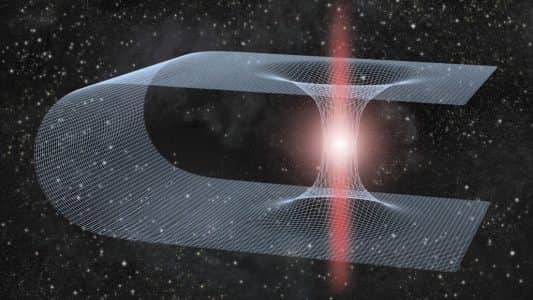NASA Explores and Unlocks Mysteries of Our Solar System - Dispatch Weekly
July 18, 2016 - Reading time: 3 minutes
NASA has revealed that it will continue its mission to explore and unlock mysteries of our Solar System as well as beyond.
In a press note, the US space agency has cited different missions that it has been working on for quite a few years and the ones that are almost ready and about to take off in a couple of years. Citing Juno, Jim Green, Director of NASA Planetary Division, said that the mission is one of the latest examples of NASA’s commitment towards exploring our Solar System to greater extent and findings answers to some of the most puzzling questions.
As per NASA’s plan, the next mission to launch is OSIRIS-REx (Origins, Spectral Interpretation, Resource Identification, Security-Regolith Explorer) that will lift off in September and through this mission, the space agency intends to collect a sample from near-Earth asteroid (Bennu) and return to Earth in 2023. OSIRIS-REx will help unlock secrets of the history of our solar system, and shed light on how life may have come to be on our planet.
Then there is the James Webb Space Telescope (Webb telescope), which is slated for a 2018 launch. This telescope is much powerful than the Hubble Space Telescope and is capable of observing not only faint objects across the universe but also our neighbouring planets and their moons within our solar system. Webb’s angular and spectral resolution will allow us to observe these targets with unprecedented sensitivity and even follow geologic activity.
Jupiter has been a puzzling planet, but its moons aren’t any simple either. One of the moons – Io – has been intriguing for its intense geological activity. The moon is the most volcanically active world in the solar system, something Webb could potentially follow-up with.
The US space agency has selected nine science instruments for a future mission to investigate whether Europa — a mysterious moon that scientists believe to have a liquid ocean beneath its icy surface — hosts habitable environments.
Hubble, with its suite of upgraded instruments, has captured Jupiter’s auroras and found evidence of saltwater on Jupiter’s largest moon, Ganymede. The mission has been extended another five years, and NASA expects it to continue to provide excellent science.
“NASA’s Cassini spacecraft continues exploring Saturn, its rings and moons, as it has since 2004. In 2017, during the final phase of its long mission, Cassini will complete 22 dives through the narrow gap between Saturn’s outer atmosphere and its rings,” NASA said in a statement in the press note.
Titan is one of the major satellites of Saturn, with a rich atmosphere and surface chemistry that has been observed extensively by Cassini and ESA’s Huygens Probe. After Cassini’s mission ends, Webb will begin operations, providing an excellent platform for continuing studies of Titan with its unique new capabilities.
“On our journey to Mars, we are closer than ever before to sending American astronauts to our neighbouring Red Planet,” Green noted.
The next Mars rover scheduled for launch in 2020 is under construction and NASA’s InSight Mission to study the interior of the Red Planet is scheduled to launch in 2018.

DW Staff
David Lintott is the Editor-in-Chief, leading our team of talented freelance journalists. He specializes in covering culture, sport, and society. Originally from the decaying seaside town of Eastbourne, he attributes his insightful world-weariness to his roots in this unique setting.

_1.jpg)


